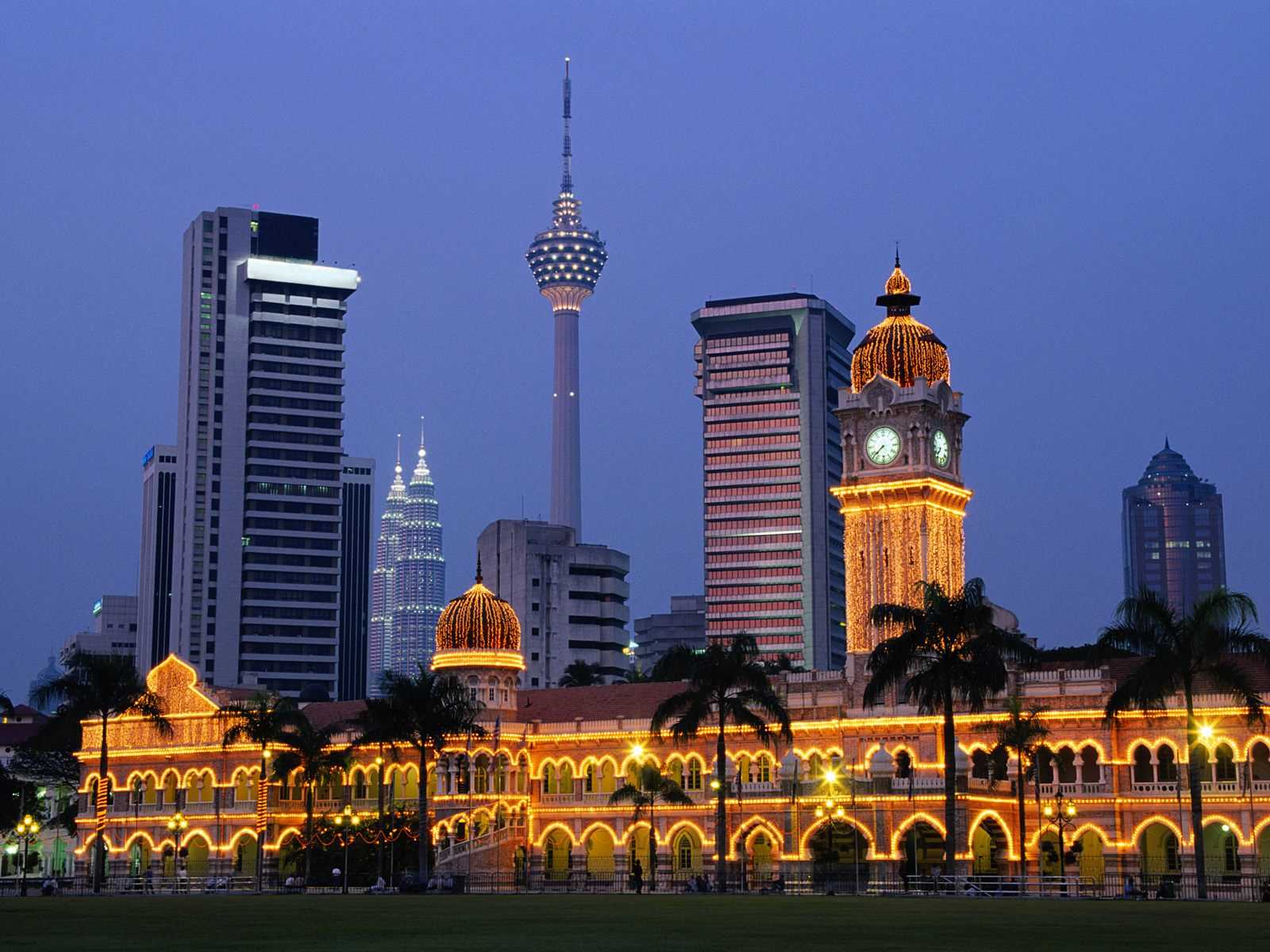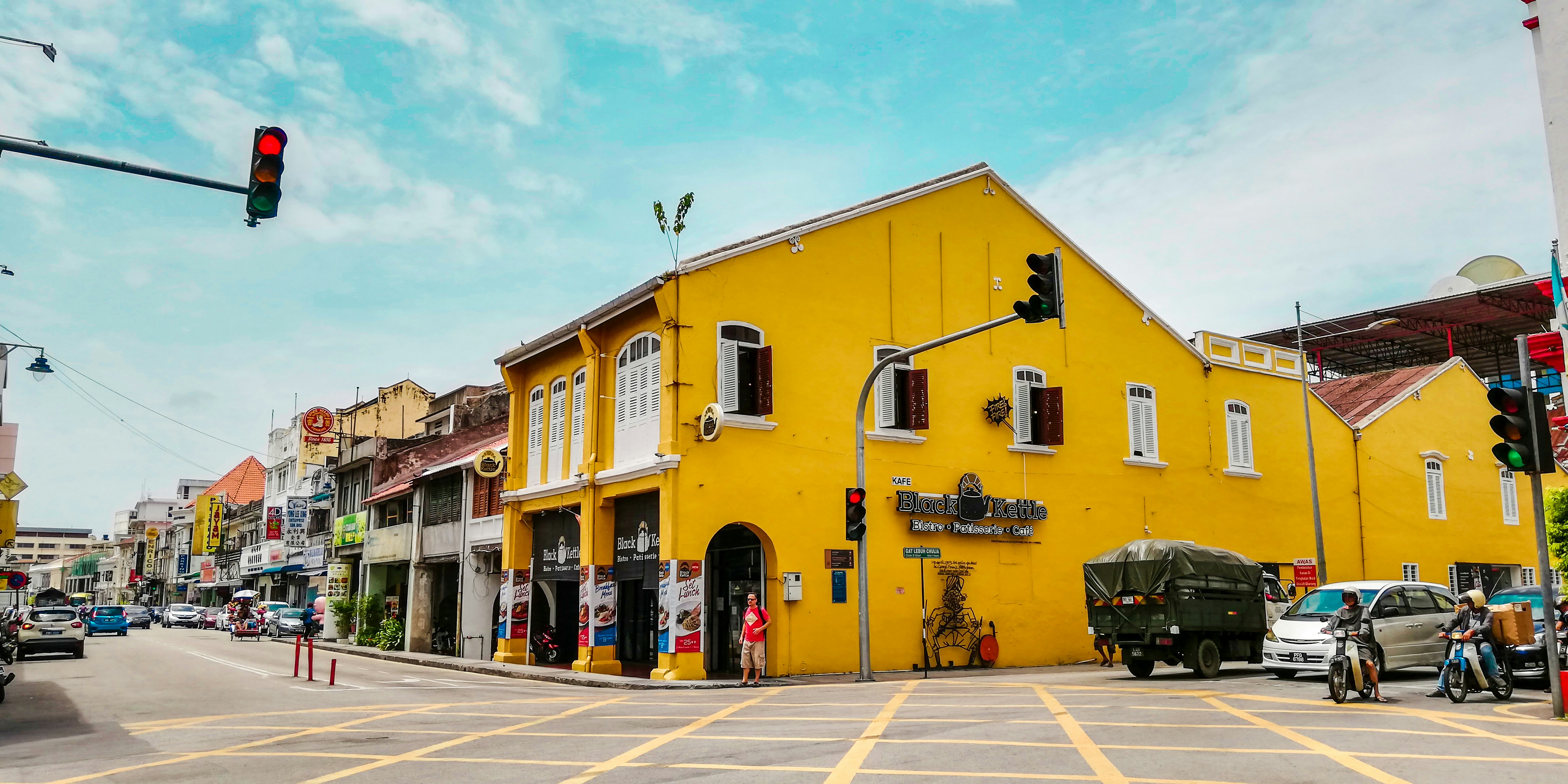Malaysia’s national language is Malay which is also called as Malaysian Malay or Malay. 80 per cent of the country speaks this language. English is the second main language in Malaysia. One of the most commonly spoken languages in Malaysia is English. Malay, Mandarin and Tamil are the other main languages in Malaysia. Malaysia is a diverse country with a lot of nationalities residing in it. Hence, it is home to 137 living languages under one roof.

Languages In Malaysia
Malay: National Language of Malaysia
The most commonly spoken language in the country is Malay. It is also officially called Bahasa Malaysia. Being the national language of the country, it is spoken widely by 80 per cent of its people. There is a mixture of ten distinct dialects of this language used all over the country. Out of all these numerous dialects, Bahasa Indonesia is familiar to the southern Malay Peninsula. Malay emerged as the most prominent and extensively spoken by the population. Additionally, the national anthem of Malaysia is composed in the national language.
English – Most Commonly Spoken Language in Malaysia
After Malaysia, English is the second most widely used languages in Malaysia. It is the main medium of education, communication and government houses widely in Malaysia. The exams are conducted here are all in British English. English is widely spoken in the field of international business to settle deals. It has also been instrumental in building valuable relations among various cultural groups and has improved to bring harmony. There has also been an abrupt increase in English speakers with about half of of the population who are now literate in the language. Hence, English has become one of the most integral and important languages of Malaysia.
Chinese

Traditional Chinese or Mandarin and its modified Malaysian dialect appears beneath the category of Malaysian Chinese and is used by lot of the country’s population. About ninety-three per cent of Chinese families living in Kuala Lumpur can speak Mandarin. Additionally, they are are also well versed in some of its modified dialects. However, Mandarin is usually used by the Chinese residing in Malaysia, Hokkien is the most common dialect spoken all over the country.
Tamil
Does this come to you as a surprise? A large portion of Indians who are a part of the Malaysian population are fluent in Tamil as it is their native language. There are more than five hundred Tamil medium schools opened all over the country. Other South Asian languages in Malaysia that you will come across widely are Bengali, Hindi, Punjabi, Malayalam and Telugu.
Indigenous Languages in Malaysia
Kazadandusuns and Iban are the most extensively used indigenous languages in Malaysia. This language is known by the people in Sarawak. These two languages have also manifested into their own educational syllabuses in the country. Apart from these two, there are above thirty native groupings. Each language has its own dialects that are on the verge of extinction right now.
Experience the languages in Malaysia in person now! Get packing and make your own Malaysia itinerary with PickYourTrail or book one of our specially curated Malaysia tour packages.
Explore Malaysia with Our Best-Selling Tour Packages
Malaysia Family Holiday Packages | Malaysia Budget Trip Packages | Malaysia Luxury Holiday Packages
Discover More Articles Related to Malaysia
Top Attractions in Sabah | Must Visit Places in Borneo | Haunted Places in Malaysia | Beaches in Malaysia | Best Places to Snorkel in Malaysia | Best Museums in Malaysia | Best Ecotourism Experiences in Malaysia | Best Malls in Penang | Places to Buy Souvenirs in Kuala Lumpur | Honeymoon Spots in Kuala Lumpur
Related Itineraries

Blissful 7 Nights Malaysia Tour Package
- Flights excluded
- 4 star accommodations
- 4 activities
- Shared transfer
₹ 26,064
Starting price/person

5 Days Kuala Lumpur & Langkawi Tour Package
- Flights excluded
- 3 star accommodations
- 2 activities
- Shared transfer
₹ 32,797
Starting price/person

Beautiful 9 Nights Malaysia Package From India
- Flights included
- 4 star accommodations
- 5 activities
- Shared transfer
₹ 65,568
Starting price/person

Stunning 6 Nights Malaysia Holiday Packages
- Flights excluded
- 4 star accommodations
- 4 activities
- Shared transfer
₹ 32,399
Starting price/person

One Week Malaysian Trip from India
- Flights excluded
- 4 star accommodations
- 5 activities
- Shared transfer
₹ 51,544
Starting price/person

Romantic 9 Nights Malaysia Vacation Packages All Inclusive
- Flights included
- 4 star accommodations
- 5 activities
- Shared transfer
₹ 72,658
Starting price/person

6 Days Malaysia Tour Package Including Flights
- Flights excluded
- 3 star accommodations
- 4 activities
- Shared transfer
₹ 53,541
Starting price/person

Rejuvenating 7 Nights Malaysia Tour Package With Flight
- Flights included
- 5 star accommodations
- 5 activities
- Private transfer
₹ 68,848
Starting price/person

4 Nights Malayisan Tour Itinerary
- Flights excluded
- 3 star accommodations
- 4 activities
- Shared transfer
₹ 56,597
Starting price/person

Fabulous 9 Nights Malaysia Tour Packages From India
- Flights excluded
- 4 star accommodations
- 4 activities
- Shared transfer
₹ 44,088
Starting price/person



